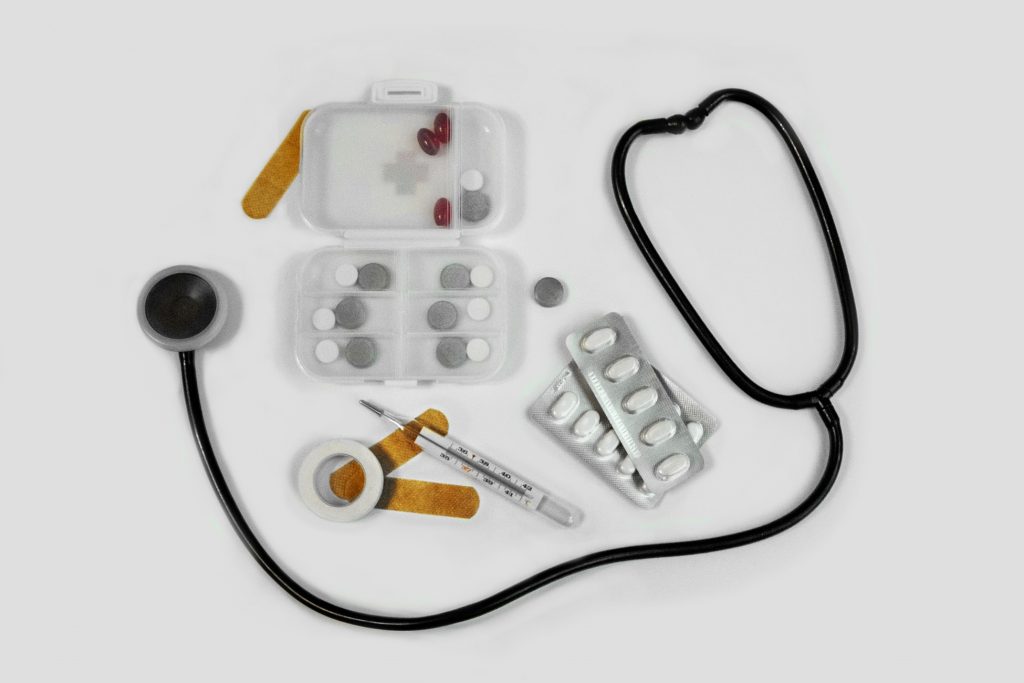Cybersecurity in healthcare 2018. How did it look like three years ago? What can we learn from the situation in healthcare before?
Year by year, we face a lot of challenges with cybersecurity. Data breaches, phishing attacks, and more.
And every sector faces its unique battles. So, the healthcare sector is not exempt. Each year, they are facing different trends. Sometimes, it may look similar to the other year.
So, looking back in time can help us trace back where the trends started. Or when it picked up. This is so that we can understand the scene that we can see today.
So, how did cybersecurity in healthcare looked like in 2018? Read on to know more.
Cybersecurity in Healthcare 2018
Expanding Attack Vectors
In 2018, cybercriminals had one favorite. Exploiting the software supply chain. And this type of attack is very dangerous to the healthcare sector.
Why? Because criminals had many openings to enter from. Further, they can keep being under the radar for a long time.
This attack had three forms. And we can still see this today. These are:
- hackers hijacking a supplier’s domain. Then, they will direct the traffic going to an infected domain.
- attackers directly attacking a supplier’s software. This can be hard to protect against.
- attackers targeting a third-party hosting service. So, websites can get infected. And it can spread to the supply chain.
Breach Trends
In 2018, breaches in healthcare rose to 10% from 2017. But the number of actual records breached dropped a lot.
Then, of these breached records, there was one major victim. 90% of these were of healthcare providers (HCPs).
Then, there was a study done by HIMSS Analytics and Symantec. They had many healthcare organizations as respondents. These were the results:
- 82% said cybersecurity policies are talked about by the board. But only 40% said they schedule it regularly.
- There were top three drivers for investing in cybersecurity. First, risk assessment. Two, HIPAA compliance. Three, security and financial audits.
- 65% of respondents said they only spent 6% of their IT budgets on cybersecurity. A very low number versus other sectors. Like banking, finance, and more.
- There were three barriers to having stronger cybersecurity. One, budget. Two, staffing. Three, skillset.
As we can see, cybersecurity was not a priority in healthcare back in 2018.
Medical Devices and Security Risks
Medical devices posed great security risks three years ago. 80% of the device-makers thought securing medical devices were arduous.
Then, around 67% thought that a security breach may happen in the next twelve months.
This is because it was not that secure before. But these attacks on these devices can still happen today.
Malware infections can harm a device. It can lead to wrong therapies. Then, it can harm patients’ lives.
Conclusion
So, that is cybersecurity in healthcare in 2018. What can you say? Did it look the same today? How do you feel about this?
Yes, some trends are not the same today. But we can still learn a lot from before. For one, focusing on cybersecurity is crucial.
If we do not do so, we can be at risk. What do you think?

